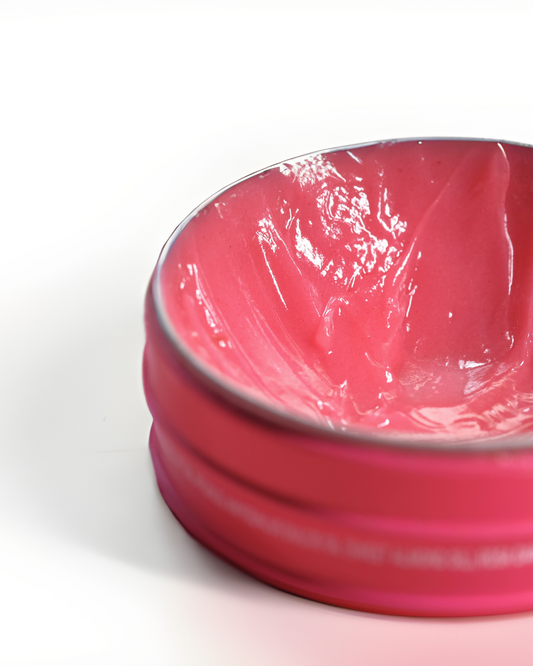
As you get older, your hair begins to lose its thickness and volume. This is part of your hair's natural growth cycle, and might result in the shedding of a few strands. According to the American Academy of Dermatology it is normal for you to lose between 50 and 100 hair's in a day.
However it becomes a cause for concern if you begin to notice massive lumps of hair on your hair brush or clothes. Over time this excessive hair shedding could contribute to hair thinning which appears as sparse spots of hair on your head.
Thinning hair is not just a "men's problem" as you might think. Women are just as susceptible to thinning hair as men. In fact up to 50% will experience noticeable hair loss during their lifetime. In females depending on the severity and extent of hair loss, it is visible on the crown of the head.
In this article we are going to be looking at the factors that can increase your chances of experiencing this type of hair loss and the treatment.
Why Your hair may look thinner
Thinner hair may be due to a variety of factors such as lifestyle habits, aging, genetics, or underlying medical conditions. Let's look at each briefly;
Some lifestyle factors that can cause you to suffer from hair loss include:
● Experiencing Chronic Stress which is linked to the release of Cortisol, a stress hormone known to disrupt the ability of your hair follicle to grow.
● Overusing hair products that have an extreme hold or thermal styling tools at very high temperatures.
● Excessive hair treatments using chemical relaxers, perms, and dyes.
● Seborrheic dermatitis is a common skin condition that mainly affects your scalp. It causes scaly patches, red skin and stubborn dandruff and hair loss.
● Wearing tight hairstyles that pull too tightly on your scalp.
● Deficiency in certain nutrients such as biotin, zinc, iron, protein and other minerals.
● Taking certain medications.
Some hereditary or underlying medical conditions can cause you to experience hair loss. These include;
● A skin infection or disorder
● An immune system deficiency
● A vitamin D deficiency
● Recent childbirth
● Hormonal changes
● Inflammatory scalp conditions like psoriasis or eczema
Genetics
Inheriting certain genes from one or both of your parents can increase your chances of experiencing hair loss. It is known as androgenetic alopecia or female pattern hair loss and often begins when you're in your 40s or 50s.
Aging
As you age you may experience slower hair growth. If the rate of hair loss is faster than rate of new hair growth, it will appear as thinner hair. Hormonal changes that occur during menopause may also trigger hair loss.
What to do about it

A quick search on the Internet will reveal a myriad of miracle working solutions to stop hair loss or regrow hair. The solution you opt in for depends largely on the underlying cause of your hair loss.
If you are experiencing patchy hair loss and/or a receding hairline, your hair thinning may be due to a medical condition. On this note, be sure to talk with your doctor first. They are most likely to prescribe hair loss treatment such as Spironolactone (Aldactone) or Finasteride (Propecia).
On the other hand, if its due to one or more of the lifestyle factors then you should consider;
● Laser therapy (At home or In-office)
● Taking Multivitamins - if you have a nutrient deficiency
● Using Anti-fungal shampoo - to prevent itching and flaking which can pull hair out from the root
● Stimulate hair growth - Getting a scalp massage and introduce root stimulating ingredients like arnica oil
Losing your hair is a devastating experience and it is best to stay informed on the what and why to enable you to manage any situation that may arise on time.




